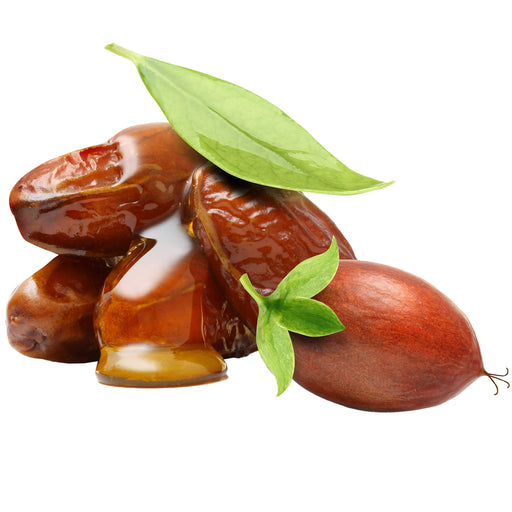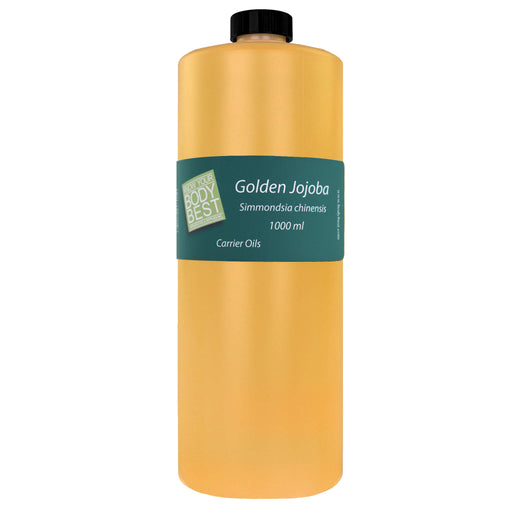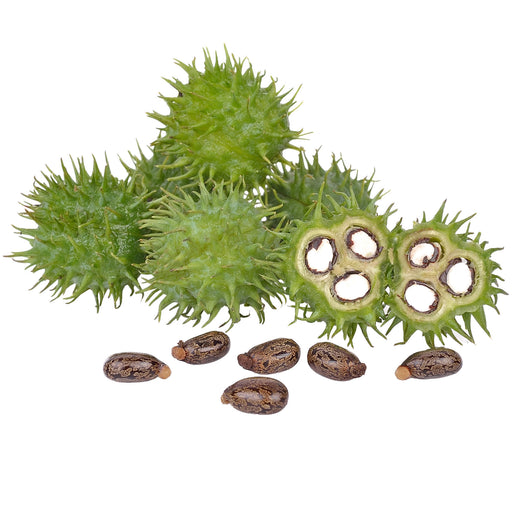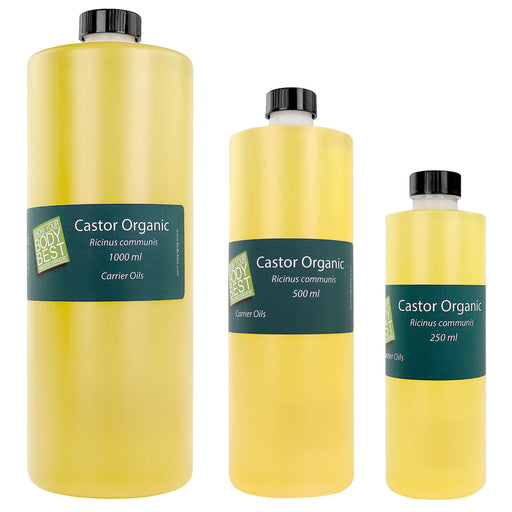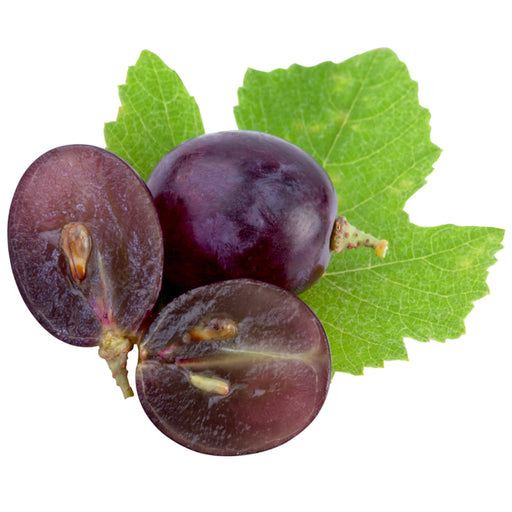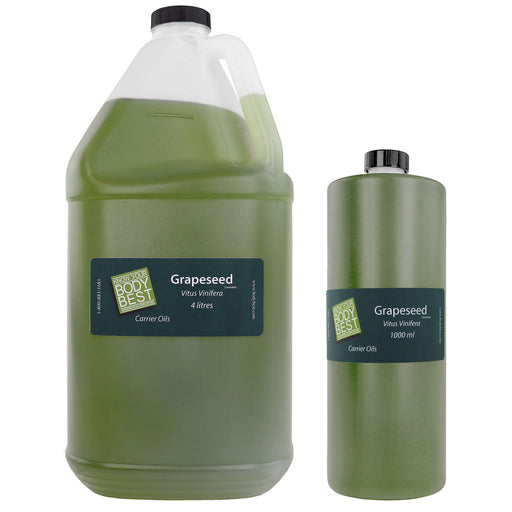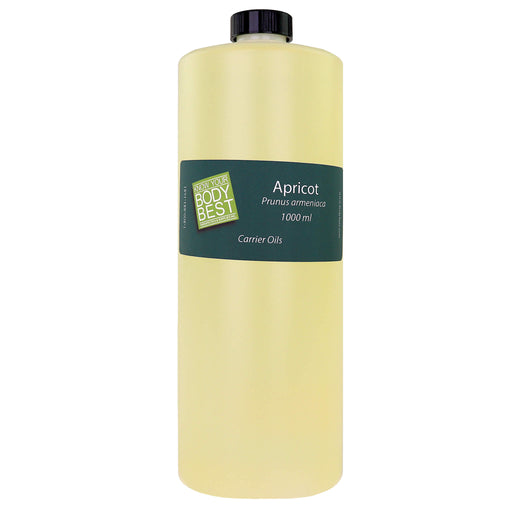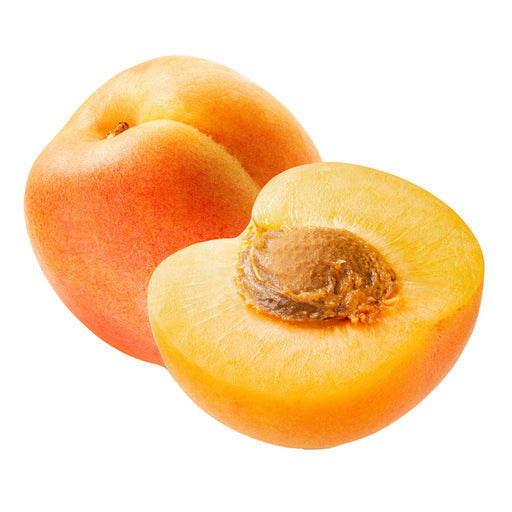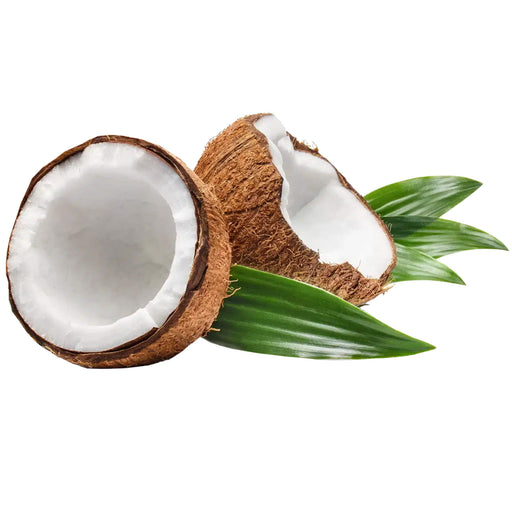over $250.00

Massage Gels: The Ultimate Glide?
Do Massage Gels Provide the Ultimate Glide?
Massage gel provides a very appealing glide across the skin. Although gels tend to have plant oils as their primary ingredient, overall they tend not to be greasy feeling. Rather, they have a consistency that is pleasant for both the client and therapist, and they can be used in very controlled quantities because they absorb into the skin more slowly.
A little massage gel tends to go a long way.
Gel is typically manufactured through a process that involves mixing and blending various ingredients to create a smooth, viscous, jelly-like consistency. The exact manufacturing process can vary depending on the specific formulation and manufacturer.
Oil-based massage gels primarily use plant oils as their base ingredient, such as sunflower oil, sweet almond oil, coconut oil, or grapeseed oil. These oils provide lubrication and moisturization to the skin.
Water-based massage gels, on the other hand, use water or aqueous solutions as their primary ingredient. They may also contain humectants like glycerin or hyaluronic acid to help retain moisture in the skin.
Oil-based massage gels require emulsifiers to blend the oil and water-based ingredients together effectively. Emulsifiers like cetearyl alcohol, polysorbate 20, or glyceryl stearate are commonly used to stabilize the mixture and prevent separation of the oil and water phases.
Emulsification is the combining of oil (or other lipids) and water. Anyone who has made their own mayonnaise will recognize that, with enough mixing force, oil and water can be made to "emulsify" into a fully combined state. Stabilizers can then added to prevent the mix from "breaking" into its component parts.
We look elsewhere in the kitchen to visualize the concept of blending water-based gels. The powder in that familiar box of Jell-O is mostly sugar, but it also contains gelatin, a refined form of animal collagen. When these ingredients are mixed into boiling water, they dissolve. As the mixture cools, the collagen strands re-form into a semi-solid state with water molecules trapped inside.
Neither mayonnaise nor Jell-O make good massage lubricants, but they illustrate these processes well. Happily, there are lots of great massage gel alternatives to choose from.
- BIOTONE® Advanced Therapy Massage Gel
- BioOrigin Silky Massage Gel
- SacredEarth Certified Organic Massage Gel
- Bon Vital Original Massage Gel
- Myo-Ther Essential Massage Gel
Thickening Agents
Oil-based massage gels typically use thickeners like carbomer, xanthan gum, or hydroxy-ethyl-cellulose to achieve a gel-like consistency. These thickeners help provide a smooth texture and improve the spreadability of the gel on the skin.
Water-based massage gels may also use similar thickeners to achieve the desired consistency.
Preservatives
Both oil-based and water-based massage gels require preservatives to prevent microbial growth and extend their shelf life. However, the types and concentrations of preservatives used may vary depending on the specific formulation and ingredients used. Antioxidants such as vitamin E may be added to massage gels to help prevent oxidation and maintain the stability of the formulation.
Bestselling Massage Lubricants
Gels are probably the best-selling massage lubricants in Canada. Why is that?
Non-greasy texture
Most massage gels have a non-greasy texture that allows for easy application and absorption into the skin. This is particularly important in Canada, where the climate can be cold and dry. Massage gels provide a moisturizing effect without leaving a greasy residue on the skin.
Versatility
Massage gels are versatile and can be used for various massage techniques, including Swedish, deep tissue, and sports massage. Their smooth texture allows for easy gliding and manipulation of the muscles, making them a popular choice among massage therapists.
Hypoallergenic
Many massage gels are hypoallergenic, meaning they are less likely to cause allergic reactions or skin irritations. This is important for both massage therapists and clients, as it ensures a safe and comfortable massage experience. That said, some people are allergic to grapeseed oil, so starting any treatment with a new lubricant means a small test patch is a good idea.
Long-lasting
Massage gels have a longer-lasting effect compared to other lubricants, such as oils or lotions. This means that less product is needed during a massage, making them more cost-effective in the long run.
Easy to clean
Massage gels are easily absorbed into the skin. This makes them easy to clean off after a massage, without leaving any sticky residue. This is particularly important for clients who may need to go back to work or carry on with their day after a massage.
Without hands-on experience with massage gels, therapists who are used to lotions or oils might not appreciate just how much gels have to offer. Maybe it's time to try a gel at work — or better yet, ask for gel during your next massage.
Is it any wonder that our bestselling massage lubricant is Biotone Advanced Therapy Massage Gel?
Featured collection
-
$0.00 - $0.00$0.00
Lowest Price per ml: $0.06
$14.99 - $59.99$14.99 - $59.99Current priceCurrent Price: $59.99
Price Per ml: $0.05
$14.99Golden Jojoba Oil
BodyBestIn stockUses and Benefits of Golden Jojoba Oil Golden Jojoba Oil is one of the best massage oils as it can be used for both scalp and body. It is deeply mo...
View full details$0.00 - $0.00$0.00Lowest Price per ml: $0.06
$14.99 - $59.99$14.99 - $59.99Current priceCurrent Price: $59.99
Price Per ml: $0.05
$14.99 -
$0.00 - $0.00$0.00
Lowest Price per ml: $0.03
$11.99 - $29.99$11.99 - $29.99Current priceCurrent Price: $11.99
Price Per ml: $0.04
$11.99Castor Oil
BodyBestIn stockUses and Benefits of Castor Oil Castor oil is a healing oil that helps soothe muscle aches. Rich in antioxidants, the oil prevents wrinkles, reliev...
View full details$0.00 - $0.00$0.00Lowest Price per ml: $0.03
$11.99 - $29.99$11.99 - $29.99Current priceCurrent Price: $11.99
Price Per ml: $0.04
$11.99 -
$0.00 - $0.00$0.00
Lowest Price per ml: $0.02
$29.99 - $99.99$29.99 - $99.99Current priceCurrent Price: $29.99
Price Per ml: $0.02
$29.99Grapeseed Oil
BodyBestOut of stockUses and Benefits of Grape seed Oil Grape seed oil has anti-inflammatory and antimicrobial properties. In addition, the oil is rich in omega chain ...
View full details$0.00 - $0.00$0.00Lowest Price per ml: $0.02
$29.99 - $99.99$29.99 - $99.99Current priceCurrent Price: $29.99
Price Per ml: $0.02
$29.99Sold out -
$0.00 - $0.00$0.00$29.99$29.99 - $29.99Current price$29.99
Apricot Oil Cold Pressed 1L
BodyBestOut of stockUltrasonic Aromatherapy Diffuser – Modern, Quiet, and Effective Enhance your space with the soothing benefits of aromatherapy using our Ultrasonic...
View full details$0.00 - $0.00$0.00$29.99$29.99 - $29.99Current price$29.99Sold out -
$0.00 - $0.00$0.00
Lowest Price per ml: $22.00
$24.99 - $109.99$24.99 - $109.99Current priceCurrent Price: $24.99
Price Per ml: $24.99
$24.99Coconut Oil Cold Pressed Unfractionated
BodyBestLow stockBenefits of Body Best Cold Pressed Unfractionated Coconut Oil Body Best Cold Pressed Virgin Coconut Oil has wonderful healing properties for your...
View full details$0.00 - $0.00$0.00Lowest Price per ml: $22.00
$24.99 - $109.99$24.99 - $109.99Current priceCurrent Price: $24.99
Price Per ml: $24.99
$24.99
